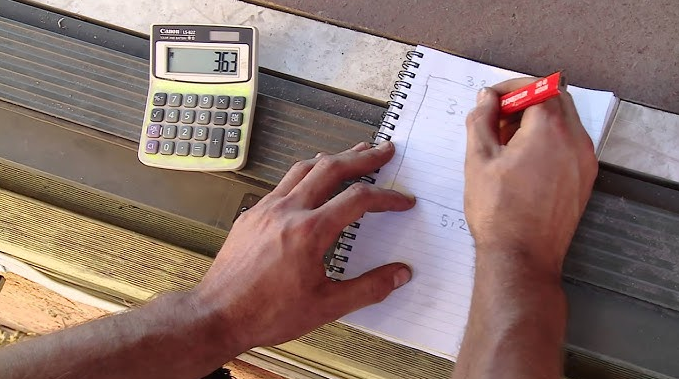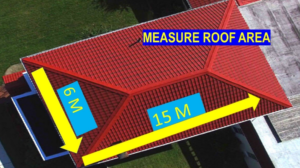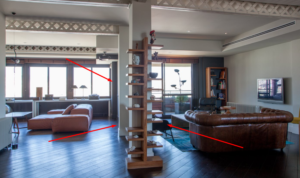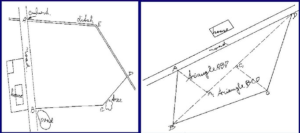
Calculating square metres is a fundamental task in construction, interior design, landscaping, and other fields. However, it’s easy to make errors that can result in unnecessary expenses or inaccurate outcomes. This article highlights common mistakes when calculating square metres and how to prevent them.
1. Using Incorrect Units of Measurement
A frequent error is mixing measurement units, such as measuring width in metres and length in centimetres, which leads to incorrect calculations.
How to Avoid It:
- Ensure all measurements are in the same unit before performing the calculation. Use either metres or centimetres consistently, but do not mix them.
Example:
If the width is 2 metres and the length is 300 centimetres, convert the 300 cm to metres (3 m) before multiplying.
2. Failing to Account for Additional Areas or Exclusions
Overlooking areas that should be excluded (like doorways or windows) or forgetting to include extra sections of a space can lead to inaccurate results.
How to Avoid It:
- Break the space into smaller sections and calculate each separately.
- Deduct the square metres of areas that are not part of the project, such as gaps for doors or openings.
Example:
For a rectangular room with a door, calculate the total area first, then subtract the area of the door space.
3. Relying on Rough Estimates
Rough or approximate measurements can lead to significant errors, particularly in larger spaces.
How to Avoid It:
- Use precise tools such as a tape measure or laser measurer.
- Double-check measurements for accuracy, especially if the calculation involves irregular shapes.
4. Neglecting Irregular Shapes
When dealing with spaces that aren’t perfectly rectangular or square, many people use simplified calculations that don’t reflect the actual area.
How to Avoid It:
- Divide irregular spaces into smaller, regular shapes (rectangles, triangles, circles). Calculate the area of each and sum them up.
- Alternatively, use an online area calculator designed for irregular shapes to ensure accuracy.
5. Forgetting to Adjust for Sloped Surfaces
If the surface is sloped, calculating the area as if it’s flat will underestimate the true measurement.
How to Avoid It:
- Use the slope length rather than the base length when measuring. This ensures the full surface area is accounted for.
6. Not Double-Checking the Calculation
Simple arithmetic errors can go unnoticed and lead to inaccurate results.
How to Avoid It:
- Recalculate your results to confirm accuracy.
- Use a calculator or spreadsheet for complex projects to minimise human error.
Calculating square metres accurately requires attention to detail, consistent units, and consideration of the shape and features of the space. By avoiding these common mistakes, you can save time, money, and effort while ensuring your project meets its requirements. For added precision, consider using a square metre calculator to handle complex calculations efficiently.



